1. Value of Blood Circulation
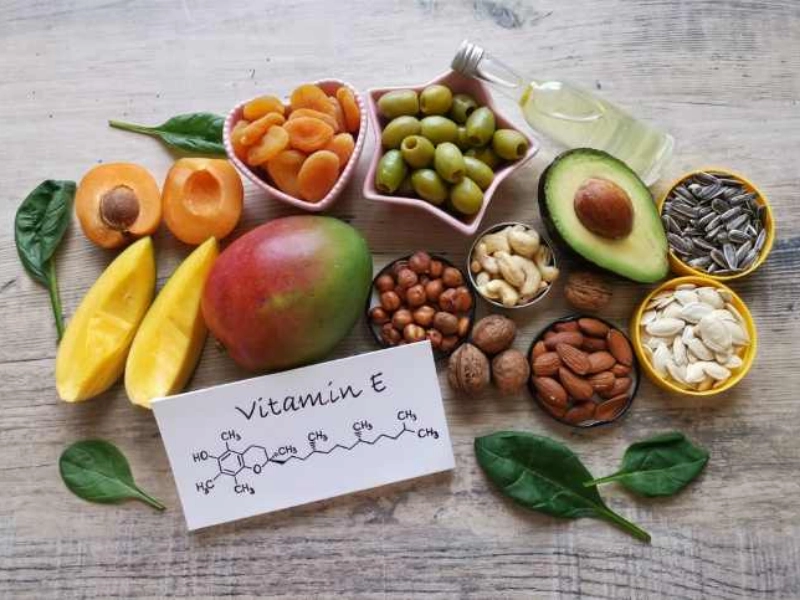
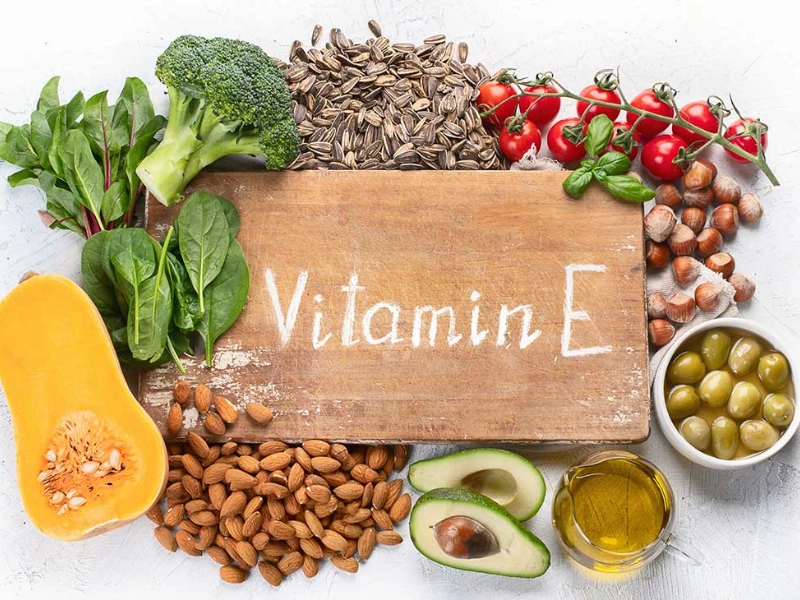 A fat-soluble antioxidant, vitamin E significantly helps shield cells from oxidative damage. It appears in numerous forms; the most active and researched in the human body is alpha-tocopherol. Immune response, skin health, blood circulation—among other body processes—all depend on this vitamin. Vitamin E functions as an antioxidant, helping free radicals—which can harm cells and fuel chronic diseases—to be neutralized. Maintaining best health and sustaining cardiovascular activity depend on enough vitamin E intake.
3. Antioxidant qualities and circulation
A fat-soluble antioxidant, vitamin E significantly helps shield cells from oxidative damage. It appears in numerous forms; the most active and researched in the human body is alpha-tocopherol. Immune response, skin health, blood circulation—among other body processes—all depend on this vitamin. Vitamin E functions as an antioxidant, helping free radicals—which can harm cells and fuel chronic diseases—to be neutralized. Maintaining best health and sustaining cardiovascular activity depend on enough vitamin E intake.
3. Antioxidant qualities and circulation
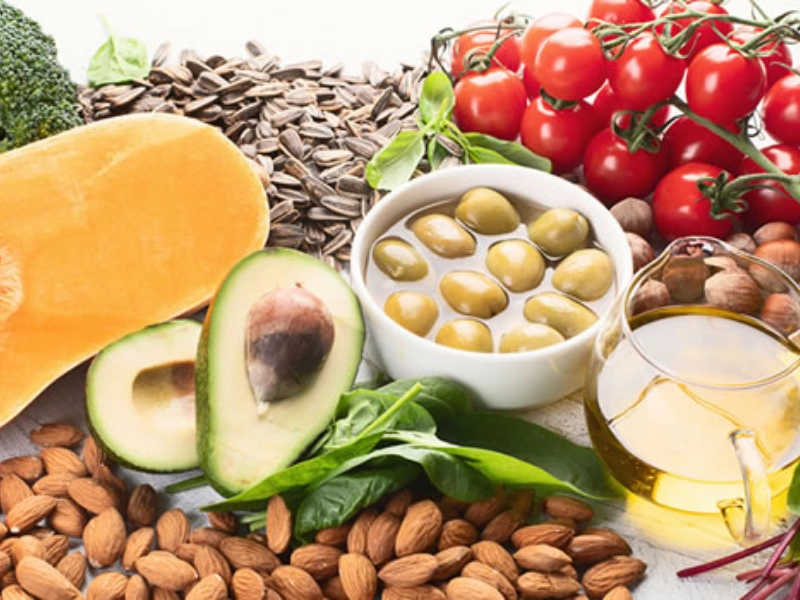 Blood circulation benefits, especially from vitamin E's antioxidant qualities. Vitamin E helps shield the endothelial cells lining blood vessels from oxidative damage. Maintaining appropriate blood flow and preventing the onset of atherosclerosis—a disorder marked by the accumulation of plaque in the arteries—depend on healthy endothelial function. This accumulation of plaque can limit blood flow and raise the heart disease risk. Including vitamin E in the diet helps people maintain improved circulation and support the health of their blood vessels.
4. Part in preventing blood clots
Blood circulation benefits, especially from vitamin E's antioxidant qualities. Vitamin E helps shield the endothelial cells lining blood vessels from oxidative damage. Maintaining appropriate blood flow and preventing the onset of atherosclerosis—a disorder marked by the accumulation of plaque in the arteries—depend on healthy endothelial function. This accumulation of plaque can limit blood flow and raise the heart disease risk. Including vitamin E in the diet helps people maintain improved circulation and support the health of their blood vessels.
4. Part in preventing blood clots
 Preventing blood clots—which may block blood flow and cause major medical problems like heart attacks and strokes—has been demonstrated by vitamin E. It helps stop platelet aggregation—the clumping of blood cells capable of creating clots. Reducing the risk of too strong clotting, vitamin E helps to improve blood flow and general cardiovascular condition. For those trying to keep good circulation and lower their risk of cardiovascular events, this quality makes this nutrient rather vital.
5. Boosting Heart Health
Preventing blood clots—which may block blood flow and cause major medical problems like heart attacks and strokes—has been demonstrated by vitamin E. It helps stop platelet aggregation—the clumping of blood cells capable of creating clots. Reducing the risk of too strong clotting, vitamin E helps to improve blood flow and general cardiovascular condition. For those trying to keep good circulation and lower their risk of cardiovascular events, this quality makes this nutrient rather vital.
5. Boosting Heart Health
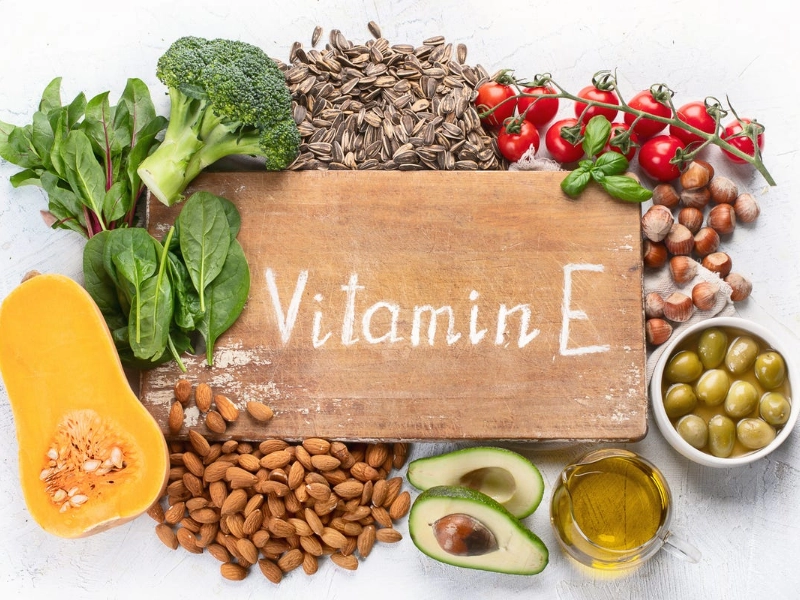 Effective blood flow depends on a strong heart; hence, vitamin E can help heart health in several ways. Studies have indicated that enough vitamin E may help reduce cholesterol levels, especially LDL (low-density lipoprotein) cholesterol, sometimes known as "bad" cholesterol. Promoting a better cholesterol profile helps vitamin E lower the risk of heart disease and enhance general cardiovascular performance. This heart-protective action emphasizes the need for integrating foods high in vitamin E into the diet.
6. Vitamin E's Food Sources
Effective blood flow depends on a strong heart; hence, vitamin E can help heart health in several ways. Studies have indicated that enough vitamin E may help reduce cholesterol levels, especially LDL (low-density lipoprotein) cholesterol, sometimes known as "bad" cholesterol. Promoting a better cholesterol profile helps vitamin E lower the risk of heart disease and enhance general cardiovascular performance. This heart-protective action emphasizes the need for integrating foods high in vitamin E into the diet.
6. Vitamin E's Food Sources
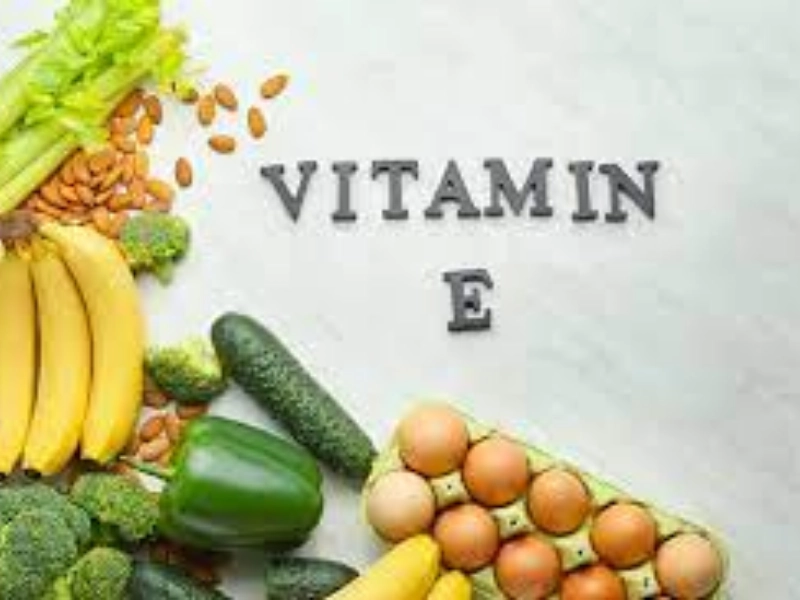 Given that vitamin E is present in many different foods, including some really simple meals, including it into the diet is rather easy. Among the richest sources of vitamin E are nuts and seeds, including sunflower seeds, almonds, hazelnuts, and sunflowers. Excellent sources also are vegetable oils, especially safflower, sunflower, and wheat germ oils. Additional sources of this vital nutrient are green leafy vegetables, including kale and spinach, as well as fruits, including avocados and kiwis. Changing the foods one eats helps one make sure they are getting enough vitamin E to maintain good blood flow.
7. recommended daily consumption
Given that vitamin E is present in many different foods, including some really simple meals, including it into the diet is rather easy. Among the richest sources of vitamin E are nuts and seeds, including sunflower seeds, almonds, hazelnuts, and sunflowers. Excellent sources also are vegetable oils, especially safflower, sunflower, and wheat germ oils. Additional sources of this vital nutrient are green leafy vegetables, including kale and spinach, as well as fruits, including avocados and kiwis. Changing the foods one eats helps one make sure they are getting enough vitamin E to maintain good blood flow.
7. recommended daily consumption
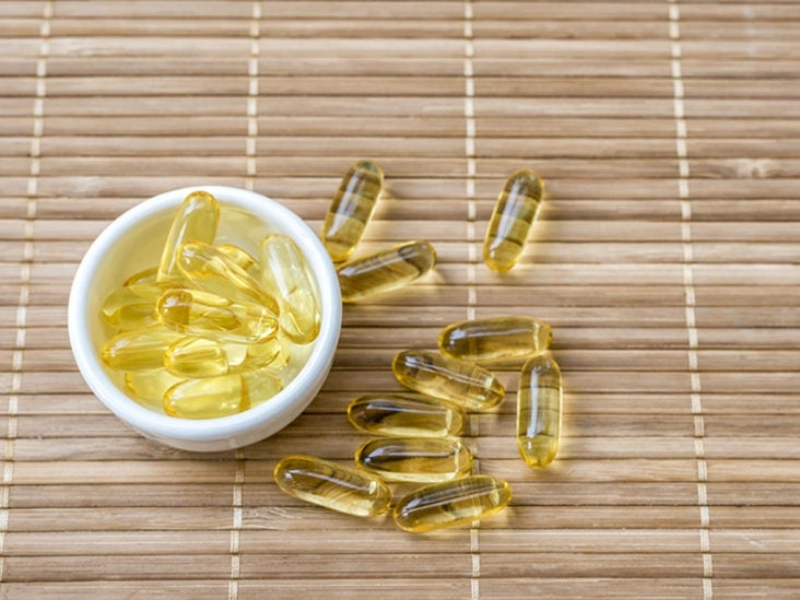 Age and gender affect the advised daily consumption of vitamin E; for most individuals, it is approximately 15 milligrams (22.4 IU). Although a balanced diet is usually the best way to get vitamins, some people could need supplements, particularly if they have dietary limitations or specific health issues. To guarantee proper dosage and prevent possible side effects, it is advisable to see a healthcare practitioner before beginning any supplements, nevertheless.
8. Vitamin E and Factors of Lifestyle
Age and gender affect the advised daily consumption of vitamin E; for most individuals, it is approximately 15 milligrams (22.4 IU). Although a balanced diet is usually the best way to get vitamins, some people could need supplements, particularly if they have dietary limitations or specific health issues. To guarantee proper dosage and prevent possible side effects, it is advisable to see a healthcare practitioner before beginning any supplements, nevertheless.
8. Vitamin E and Factors of Lifestyle
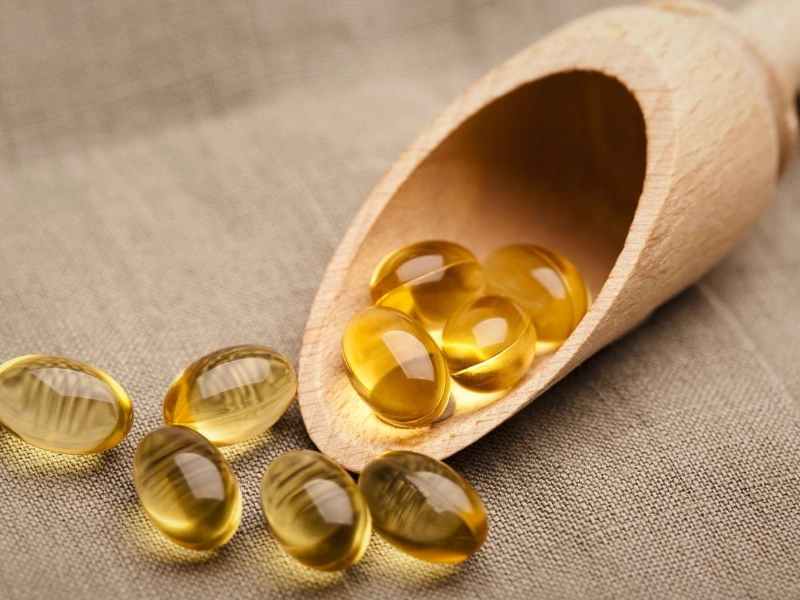 Apart from dietary sources, other lifestyle choices could affect blood circulation and vitamin E levels. Maintaining good circulation depends on regular physical activity since exercise increases blood flow and helps to keep blood vessels flexible. Furthermore, improving cardiovascular condition means avoiding smoking and controlling stress. Combining a good lifestyle with a diet high in vitamin E will help blood circulation and general well-being greatly increase.
9. Monitoring Circulation Health
Apart from dietary sources, other lifestyle choices could affect blood circulation and vitamin E levels. Maintaining good circulation depends on regular physical activity since exercise increases blood flow and helps to keep blood vessels flexible. Furthermore, improving cardiovascular condition means avoiding smoking and controlling stress. Combining a good lifestyle with a diet high in vitamin E will help blood circulation and general well-being greatly increase.
9. Monitoring Circulation Health
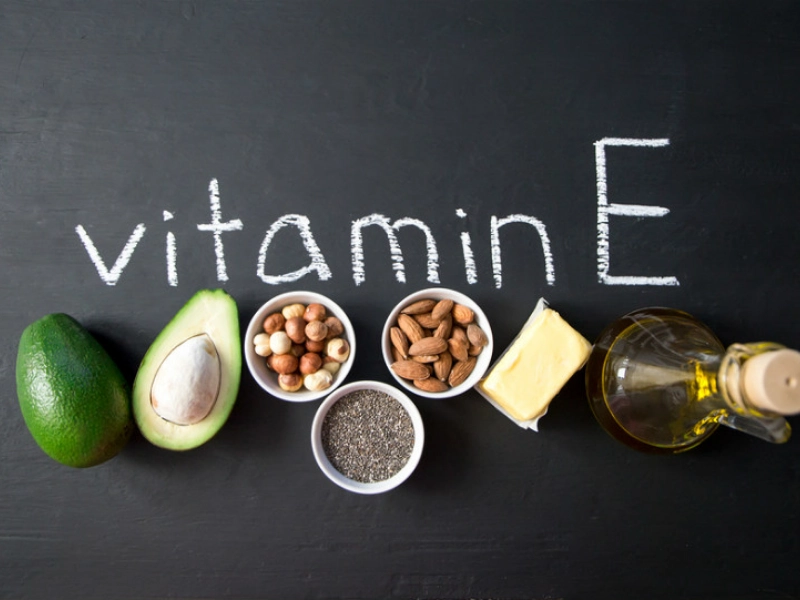 For those worried about their circulation, tracking symptoms and scheduling frequent visits can help. Along with tiredness and edema, symptoms of poor circulation could include numbness, tingling, or freezing in the extremities. Should any worrisome symptoms develop, one should see a healthcare provider for evaluation and direction. Frequent blood tests also enable one to ascertain general nutritional health and vitamin E levels, thereby ensuring that one is satisfying their dietary requirements.
10. Vitamin E Benefits: Synopsis
For those worried about their circulation, tracking symptoms and scheduling frequent visits can help. Along with tiredness and edema, symptoms of poor circulation could include numbness, tingling, or freezing in the extremities. Should any worrisome symptoms develop, one should see a healthcare provider for evaluation and direction. Frequent blood tests also enable one to ascertain general nutritional health and vitamin E levels, thereby ensuring that one is satisfying their dietary requirements.
10. Vitamin E Benefits: Synopsis
 Through its antioxidant qualities, capacity to prevent blood clots, and support of heart health, vitamin E is essential in sustaining good blood circulation. Those who keep a good lifestyle and include foods high in vitamin E in their diet can improve their cardiovascular condition and increase efficient blood flow. Knowing the value of this vital nutrient helps people choose their diets wisely, thereby promoting general health and lifespan. Adopting the advantages of vitamin E will result in better life and circulation.
Through its antioxidant qualities, capacity to prevent blood clots, and support of heart health, vitamin E is essential in sustaining good blood circulation. Those who keep a good lifestyle and include foods high in vitamin E in their diet can improve their cardiovascular condition and increase efficient blood flow. Knowing the value of this vital nutrient helps people choose their diets wisely, thereby promoting general health and lifespan. Adopting the advantages of vitamin E will result in better life and circulation.